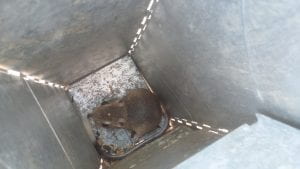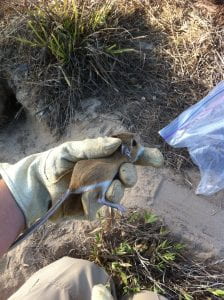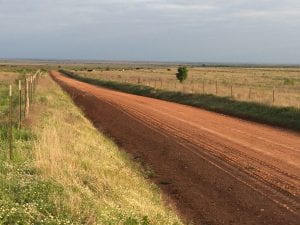I’ve been researching the ecology and behavior of kangaroo rats since my days as a Ph.D. student at the University of Nevada in the 1990’s. Back then I was involved as an R.A. on a research project investigating the interaction between Merriam’s kangaroo rat (Dipodomys merriami) and Indian ricegrass. The kangaroo rats are both predators (consumers) and dispersers of ricegrass seeds (see Longland_et_al-2001-Ecology). My dissertation research also was based on the interaction between kangaroo rats and seed-producing desert plants, with particular focus on seed survival and foraging behavior of the kangaroo rats (see Veech_2000_Oecologia, Veech_2001_Behav_Ecol, Veech_Jenkins_2005_WNAN).
Kangaroo rats have been the subjects of an incredible variety of ecological, evolutionary, and physiological studies for several decades, although much of the research has focused on the widespread and common species such as D. merriami and D. ordii. There are many other species that are not as widely studied and some of those are in need of conservation attention due to loss of habitat (particularly some species in California). There are several species in Texas, including two that are primarily endemic to the state. The Gulf Coast kangaroo rat (D. compactus) is found on the barrier islands of the Texas coast, primarily Padre Island and Mustang Island. Its range also extends into deep south Texas with some possibly isolated populations extending from just south of San Antonio to the east just south of Seguin. In the past, I advised graduate students (Doug Phillips, Jennifer Oakley, Michelle Curtis, Laura Bliss, Meagan Bell) conducting basic ecological research on this local species.
The other endemic species, Texas kangaroo rat (D. elator), has an even smaller geographic range, presently confined to an area of about seven counties in north Texas west of Wichita Falls. The state of Texas recognizes D. elator as a threatened species and the United States Fish and Wildlife Service classifies it as a Candidate Conservation Species (not technically an Endangered Species). These designations are due to it having very small population sizes and a highly-restricted geographic range. Since 2016, I have directed research on D. elator, including advising graduate student, Silas Ott. His thesis project involved doing a range-wide survey and further determining the habitat requirements of D. elator (Ott et al 2019). Funding for our research has come from Texas Parks and Wildlife Department and the United States Fish and Wildlife Service. This research is ongoing and will soon also involve direct in-the-field conservation action.
Photos from the field

Texas kangaroo rat “caught” at night on motion-activated camera.

Camera placed at opening of D. elator burrow (typically camera is placed a bit further away).

Texas kangaroo rat sitting at bottom of a Sherman trap

Gulf coast kangaroo rat caught in the field

Rural road and rangeland in Wilbarger County.

Dr. Ivan Castro (left) and Dr. Randy Simpson (right) viewing rangeland.
